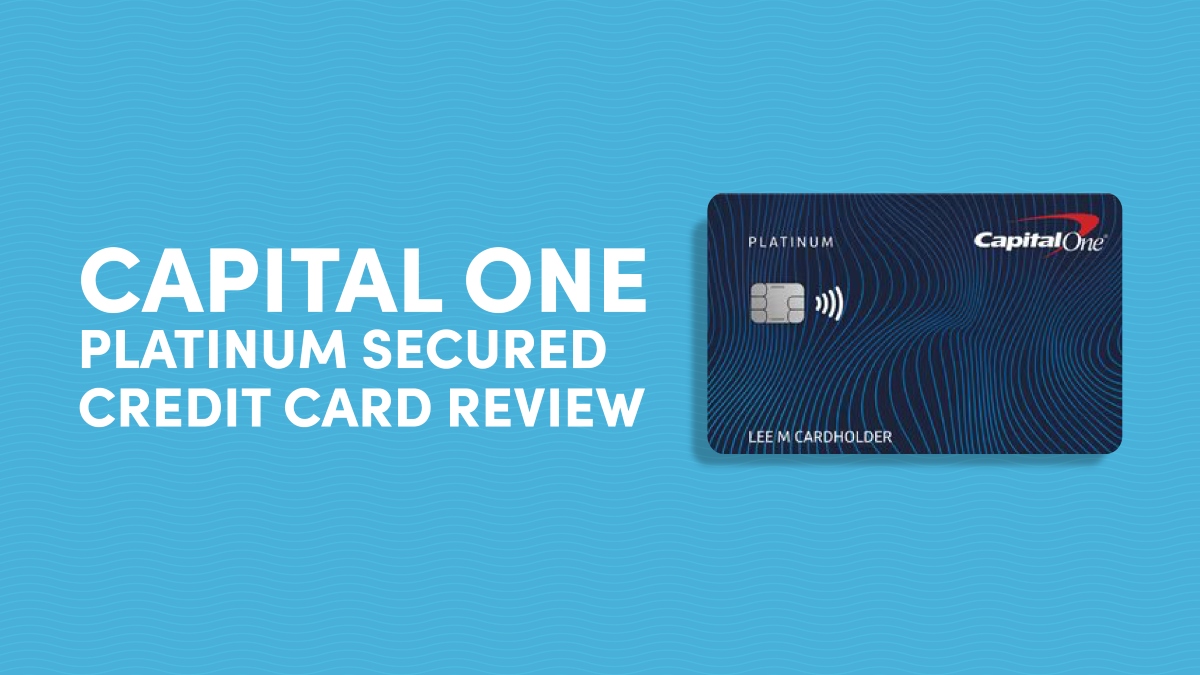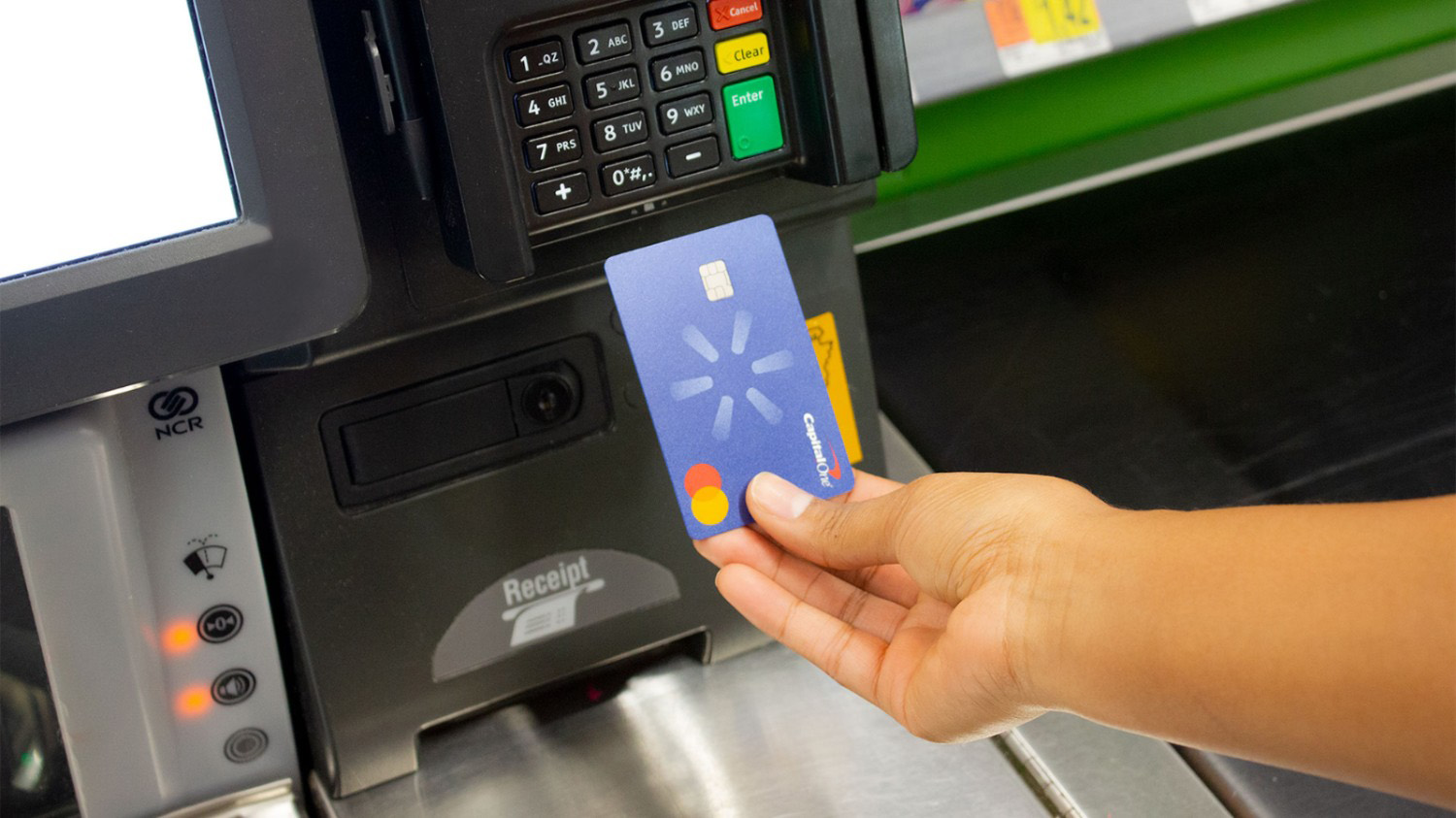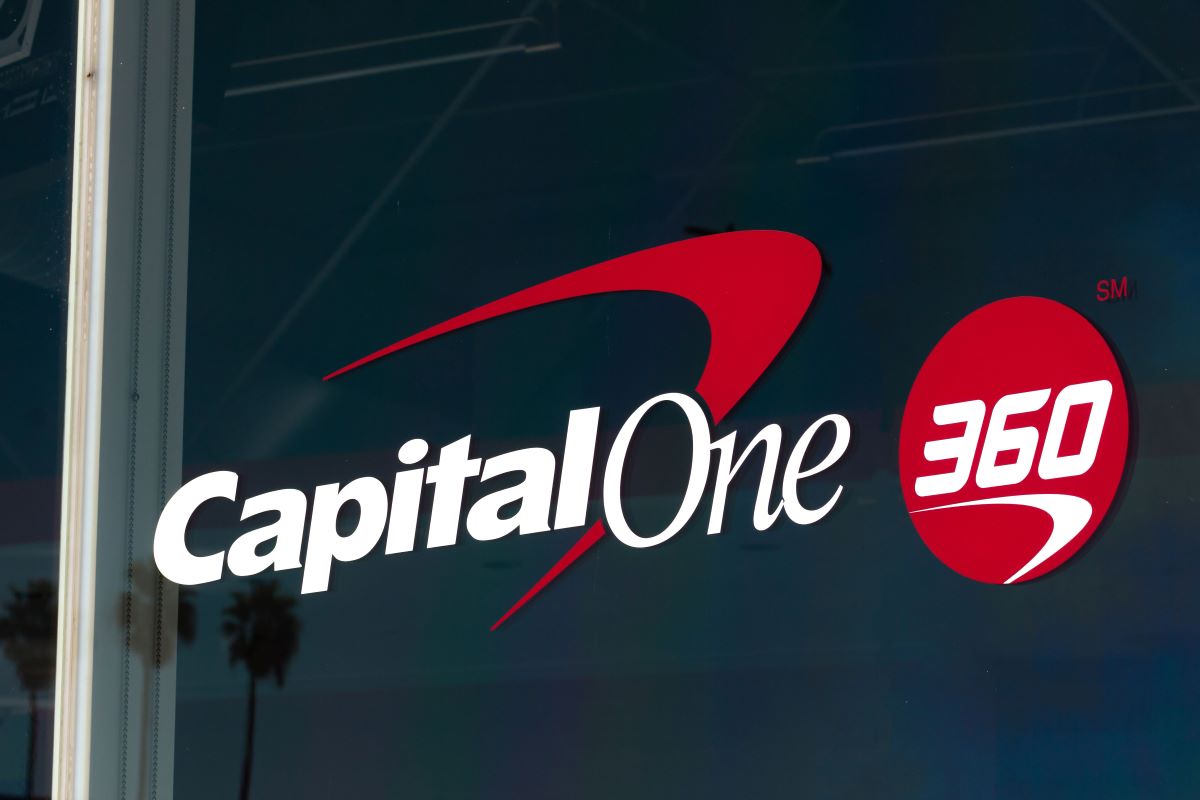

Finance
How To Close A Capital One Secured Card
Published: March 2, 2024
Learn how to effectively close a Capital One secured card and manage your finances wisely. Find step-by-step guidance and expert tips here.
(Many of the links in this article redirect to a specific reviewed product. Your purchase of these products through affiliate links helps to generate commission for LiveWell, at no extra cost. Learn more)
Table of Contents
**
Introduction
**
If you've ever held a secured credit card, you understand the financial responsibility it entails. Capital One, a prominent financial institution, offers a secured credit card designed to help individuals establish or rebuild their credit. However, there may come a time when you decide to close your Capital One Secured Card. Whether it's due to improved credit standing, a switch to an unsecured card, or a change in financial goals, knowing the proper steps to close the account is crucial.
Closing a credit card, especially a secured one, requires careful consideration to avoid any negative impact on your credit score. In this article, we'll delve into the process of closing a Capital One Secured Card, offering a comprehensive guide to help you navigate this financial decision with confidence. We'll explore the necessary steps, important considerations, and potential impacts on your credit. By understanding the intricacies of closing a secured card, you can make informed choices that align with your financial objectives.
Understanding a Capital One Secured Card
Before delving into the process of closing a Capital One Secured Card, it’s essential to grasp the fundamental aspects of this financial tool. A secured credit card, such as the one offered by Capital One, is specifically designed for individuals who are new to credit, have a limited credit history, or are working to rebuild their credit. Unlike traditional unsecured cards, a secured card requires a security deposit, which often determines the card’s credit limit. This deposit serves as collateral and mitigates the risk for the card issuer.
Capital One’s Secured Card offers users the opportunity to demonstrate responsible credit behavior, such as making timely payments and managing credit utilization. By doing so, cardholders can gradually improve their creditworthiness, paving the way for better financial opportunities in the future. One of the key benefits of a secured card is that it reports to the major credit bureaus, allowing users to build a positive credit history when used responsibly.
Moreover, the Capital One Secured Card may provide additional features, such as fraud protection, account alerts, and the potential to be considered for a higher credit line with responsible card usage. Understanding these aspects of the secured card underscores its significance in the credit-building journey and the need to approach its closure thoughtfully.
Steps to Close a Capital One Secured Card
Closing a Capital One Secured Card involves a series of specific steps to ensure a smooth transition and minimize any potential impact on your credit standing. Here’s a comprehensive guide to help you navigate the process:
1. Pay off any outstanding balance: Before initiating the closure, it's crucial to clear any remaining balance on the card. This ensures that the account is settled, and no additional charges or fees accrue after closure.
2. Contact Capital One's customer service: Reach out to Capital One's customer service department via phone or secure messaging through the online account portal. Inform them of your intention to close the secured card and inquire about the necessary procedures.
3. Request the closure in writing: While verbal communication is essential, it's advisable to follow up with a written request to close the account. This can serve as a formal record of your decision and help mitigate any potential disputes in the future.
4. Ensure the closure is reflected on your credit report: After the account closure, monitor your credit report to verify that the Capital One Secured Card is reported as closed. This ensures that the status of the account is accurately updated with the credit bureaus.
5. Safely dispose of the card: Once the closure is confirmed, securely dispose of the physical card to prevent any unauthorized usage. Shredding or cutting the card into pieces is a recommended method for disposal.
6. Retrieve the security deposit: If you've maintained the account in good standing and have no outstanding obligations, Capital One will refund your security deposit. This typically occurs in the form of a check or a credit to your bank account.
By following these steps diligently, you can effectively close your Capital One Secured Card while mitigating potential complications and safeguarding your credit history. It's important to approach the closure process with attentiveness to detail and clear communication to ensure a seamless experience.
Considerations Before Closing a Capital One Secured Card
Before finalizing the decision to close your Capital One Secured Card, it’s crucial to consider several important factors that can impact your credit and overall financial well-being. Here are key considerations to ponder:
Impact on Credit Utilization: Closing a secured card affects your overall credit utilization ratio, which is the amount of credit you’re using compared to your total available credit. If the secured card has a significant credit limit, its closure can increase your utilization ratio, potentially impacting your credit score. It’s essential to assess how this change may influence your credit profile.
Length of Credit History: The age of your credit accounts plays a pivotal role in determining your credit score. If the Capital One Secured Card is one of your oldest accounts, closing it could shorten your average account age, potentially impacting your credit score. Evaluating the impact on your credit history’s length is crucial before closing the card.
Consideration for a Product Change: Instead of closing the secured card, explore the possibility of transitioning to an unsecured card offered by Capital One. This option allows you to retain the account history associated with the secured card while potentially accessing a higher credit limit and additional benefits without the need for a security deposit.
Assessment of Financial Goals: Reflect on your current financial objectives and how they align with the secured card. If your credit has significantly improved, you may be eligible for unsecured credit cards with more favorable terms and rewards. Understanding your evolving financial goals is essential in determining the necessity of closing the secured card.
Review of Annual Fees and Benefits: Consider the annual fees and benefits associated with the secured card. If the card carries substantial annual fees and offers limited advantages compared to other available credit options, closing the account may be a prudent decision.
Consultation with a Financial Advisor: If you’re uncertain about the implications of closing your Capital One Secured Card, seeking guidance from a financial advisor can provide valuable insights. A professional advisor can assess your unique financial situation and provide tailored recommendations based on your credit goals and overall financial strategy.
By carefully weighing these considerations, you can make an informed decision regarding the closure of your Capital One Secured Card. It’s essential to approach this decision thoughtfully, considering its potential ramifications on your credit and broader financial landscape.
Conclusion
Closing a Capital One Secured Card is a significant financial decision that warrants careful consideration and strategic planning. By understanding the nuances of the closure process and its potential impact on your credit, you can navigate this transition with confidence and foresight.
It’s imperative to approach the closure of a secured card with a clear understanding of its implications on your credit utilization, credit history, and overall financial goals. While closing the card may be a viable option under certain circumstances, exploring alternatives such as transitioning to an unsecured card or evaluating your evolving financial objectives can offer valuable insights into the most favorable course of action.
Throughout the closure process, maintaining open communication with Capital One’s customer service, monitoring the updates on your credit report, and ensuring the proper handling of the security deposit are essential steps to facilitate a seamless transition.
Ultimately, the decision to close a Capital One Secured Card should align with your broader financial strategy and credit objectives. Whether it involves improving your credit utilization, optimizing your credit history’s length, or pursuing more advantageous credit options, the closure process should be informed by a comprehensive assessment of your individual financial landscape.
By carefully weighing the considerations and diligently following the necessary steps, you can effectively close your Capital One Secured Card while safeguarding your credit standing and pursuing your financial aspirations with clarity and purpose.














